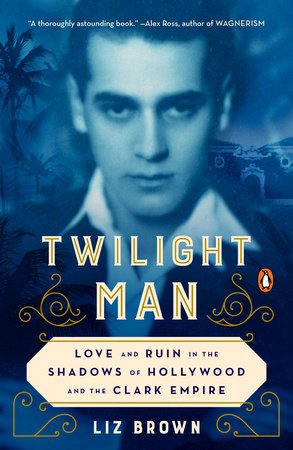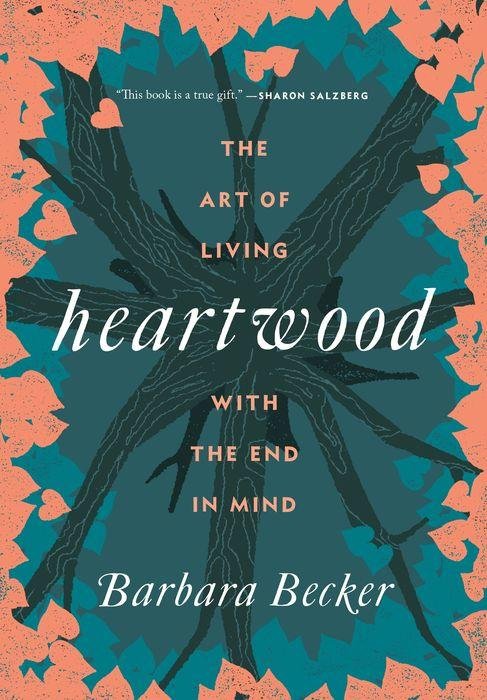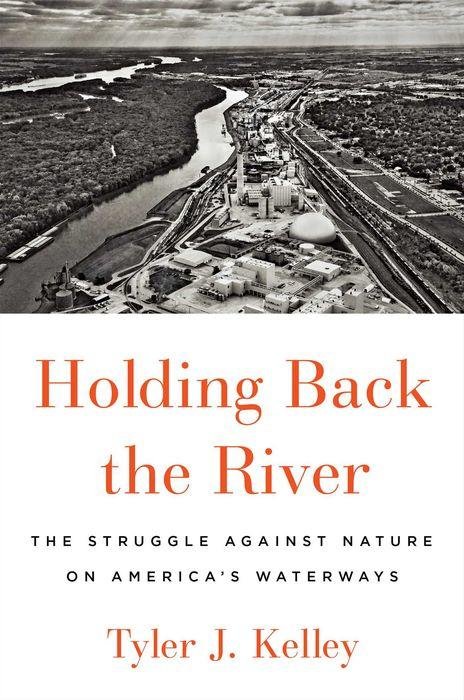Great 2021 Nonfiction From New School Writers
We follow up last week’s review of fiction and poetry titles with nonfiction works from faculty, staff, and alums that caught our attention this year.
An Ordinary Age: Finding Your Way in a World That Expects Exceptional
by Rainesford Alexandra Stauffer, (BA Liberal Arts, 2017); Harper Perennial.
The author explores the extraordinary pressures that an incessant pursuit of (and need to post) a “#best life” have put on young adults today, and how ordinary, meaningful experiences may instead be the foundation of a fulfilled and contented life. One of Esquire’s “Best Books of 2021.”
Haifa Republic: A Democratic Future for Israel by Omri Boehm (Associate Professor of Philosophy, New School for Social Research); New York Review Books.
Boehm believes a two-state solution to the Israeli-Palestinian conflict “has faded into a two-state illusion.” He proposes what a New York Times review calls a “sorely needed” alternative vision: Reviving liberal Zionism and transforming Israel into a “federal, binational republic” committed to securing the rights, and future, of both Jews and Palestinians.
Special Issues: Critical Media Literacy; edited by Dr. Tom Liam Lynch (Director of Education Policy, Center for New York City Affairs); National Council of Teachers of English.
As K-12 schools grapple with challenges presented by social media, digital technologies, and systemic inequity, Lynch offers school officials and classroom teachers a map by which to navigate. He curates research and practice articles that, in his words, “tell a story about how English educators engage with young people via an array of communicative modes in the spirit of inquiry, society, and action."
Bald: 35 Philosophical Short Cuts by Simon Critchley (Hans Jonas Professor of Philosophy); Yale University Press.
In writing, the author explains, being bald means communicating “in a plain, unadorned, unveiled, and indeed slightly stark way.” He accomplishes just that in a crisp collection of essays touching on happiness, faith, money, and the joys and sorrows of being a Liverpool Football Club fan.
DUMBO: The Making of a Neighborhood and the Rebirth of Brooklyn by Paul Goldberger
(Joseph Urban Professor of Design); Rizzoli International Publications.
The acclaimed writer on architecture and urban design takes a richly illustrated tour down cobblestone streets, along a formerly decrepit and now reimagined waterfront, and into artists’ lofts and increasingly upscale apartments in a neighborhood with a history arcing from industrialization to abandonment to modern-day preservation and gentrification.
A City Is Not a Computer: Other Urban Intelligences by Shannon Mattern (Professor of Anthropology); Princeton University Press.
Starting with a once-ballyhooed, now-shelved plan to make a swath of Toronto a high-tech utopia, Mattern takes a skeptical look at the “encoded inequities and restrictive logics” in the algorithms and databases increasingly pervading urban decision-making. “Silicon Valley moves fast and breaks things,” she writes. “Cities, if responsibly designed and administered, can’t afford such negligence.”
Twilight Man: Love and Ruin in the Shadows of Hollywood and the Clark Empire by Liz Brown (MFA Creative Writing, 2001); Penguin Random House.
Curious about a mysterious man in an old photo, tucked away in a forgotten bedroom drawer, Brown unearths what a New York Times reviewer describes as “a bonkers saga” of Prohibition-era Hollywood. It revolves around Harrison Post, the secret lover of her great-granduncle, one of the richest and most respected men in Los Angeles. She painstakingly uncovers a tale of hush money, betrayal, and a long-suppressed family love story wrongfully erased.
Black, Brown + Latinx Design Educators: Conversations on Design and Race by Kelly Walters (Assistant Professor of Communication Design, Parsons); Princeton Architectural Press.
A dozen graphic design university-level educators tell their stories – describing their career paths and professional challenges, while weaving in images, from family heirlooms to their own design works, that highlight aspects of their cultural identities. Food for thought and a feast for the eyes, especially for students and emerging designers.
And don’t forget these additional recent titles we’ve previously highlighted:
What Happened to Paula: On the Death of An American Girl by Katherine Dykstra (MFA Creative Writing, 2005); W.W. Norton and Company.
In 1970, 18-year-old Paula Oberbroeckling left her home in Cedar Rapids, Iowa, and never returned. Four months later her murdered remains were found in a nearby riverbank culvert. The homicide case was never solved. Dykstra pieces together police records, high school yearbook entries, interviews, and other sources in a blend of true crime investigation and cultural memoir focused on issues of gender, autonomy, and the meaning of womanhood, then and now.
Heartwood, by Barbara Becker (MA Media Studies, 2000); MacMillan.
When a close childhood friend is diagnosed with a terminal illness. Becker, an interfaith minister, confronts anew the question of living life fully in the face of mortality, pain, and trauma. She volunteers at a hospice, accompanies her own parents during their final days, and writes about what can be learned by turning toward loss and grief, rather than away from it.
Holding Back the River by Tyler Kelley (BA Liberal Arts Literature, 2007); Simon & Schuster.
America’s three greatest rivers --the Mississippi, the Missouri, and the Ohio – are the lifeblood of the nation’s geography, economy, history, and our mythology. They’re also contained and regulated by an aging infrastructure battered by the effects of climate change. With what the New Yorker’s Ian Frazier praises as “careful, artful reporting,” Kelley tells the stories of these three powerful streams, the people who live along them, and what the future may hold for them.
The World We Need: Stories and Lessons from America’s Unsung Environmental Movement by Audrea Lim (MA Philosophy, 2008); The New Press.
Telling the often-overlooked stories of underfunded, grassroots struggles, largely in communities of color, Lim describes how they are succeeding in changing local economies – as well as the face and trajectory of the nation’s environmental movement. In the process, Lim has written what climate change author and activist Bill McKibben describes as “a truly important book piecing together the story of a massive uprising for environmental justice.”
Mission Economy: A Moonshot Guide to Changing Capitalism by Mariana Mazzucato (MA Economics, 1995; PhD Economics, 1998); HarperCollins.
Taking inspiration (and the book’s title) from NASA’s storied drive to reach the Moon, a renowned economist and author argues that unleashing the power of government to attack today’s critical missions – from the environmental crisis to suppressing future pandemics – can save capitalism by, in the words of a Guardian review, infusing it with “public interest rather than private gain.”
Andrea Patricia Llinás-Vahos is a research assistant and Bruce Cory is an editorial advisor at the Center for New York City Affairs at The New School.
A note to our readers: Urban Matters will resume its weekly publication schedule on January 12, 2022. Best of the season to you all.














